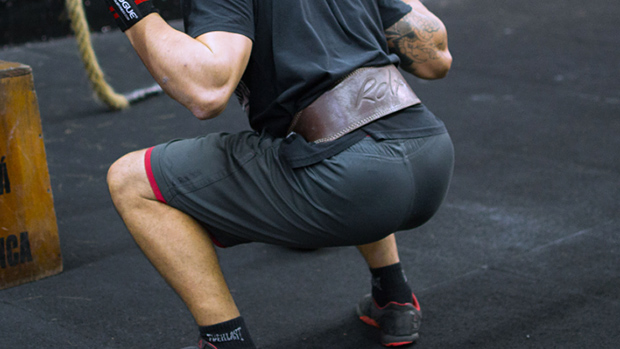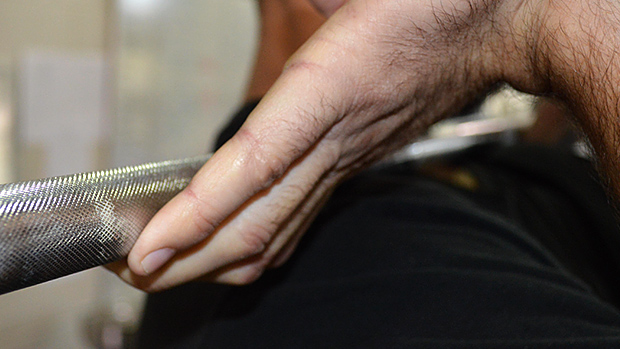Bad Partial Squats, Good Partial Squats
You may have thought about doing partial range squats before, but you're probably afraid that your fellow lifters will confuse you with one of the delusional losers who swear they're squatting low but in reality are only doing what amounts to a polite but clumsy curtsy to an imaginary queen.
Every week these same guys increase the tonnage on the bar while subconsciously reducing their range of motion. After a while, their little dip-squat looks more like a little girl trying to muster up the courage to sit into a tub of water that's a little too cold than a big, bad lifter doing the king of lifts.
We've got to rid our minds of that partial-squat stigma because a study performed at East Tennessee State University compared full-range squat training with a combination of full-range and legitimate partial-range training and found that combination training led to superior results.
The researchers recruited 17 recreationally trained men and split them into two groups: A full range of motion (ROM) group and a group that did both full ROM training and partial-rep training.
The study lasted 7 weeks long and included measurements of 1RM (repetition maximum) squat, 1 RM partial squat, and maximal isometric squats at 90 degrees and 120 degrees of knee flexion.
Partial-squat training involved squatting to 100 degrees of knee flexion because that's what famed strength researcher Vladimir Zatsiorsky deemed to be the typical "sticking point" for the squat.
While both groups improved their squat performance, the trainees who used partial reps had superior results, including greater improvements in peak force at both 90 degrees and 120 degrees. This suggests that partial rep training would enhance the ability of squatters to move through their sticking points.
If doing partial squats increases your ability to move through sticking points, you're going to be able to squat more. Partial squats may also help with sprinting ability, as the results of the study suggested that sprinters who trained with partial reps would express greater force in the brief time their feet touched the ground.
Don't let the bastardized partial squats of the geeks, newbies, and the just-plain delusional affect your decision to use partial squats in your training. If this study convinced you of their merit, do them.
T Nation author Nick Tumminello has recommended three ways to incorporate partial-rep training into your squat workouts:
- Full-range squats followed by partial-range squats with the same weight (done during the same, extended set).
- Full-range squats and then partials using heavier weight.
- Partials followed by full range using lighter weights.
- Bazyler CD et al. The Efficacy of Incorporating Partial Squats in Maximal Strength Training. J Strength Cond Res. 2014 Nov;28(11):3024-32. PubMed.





